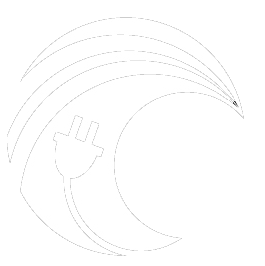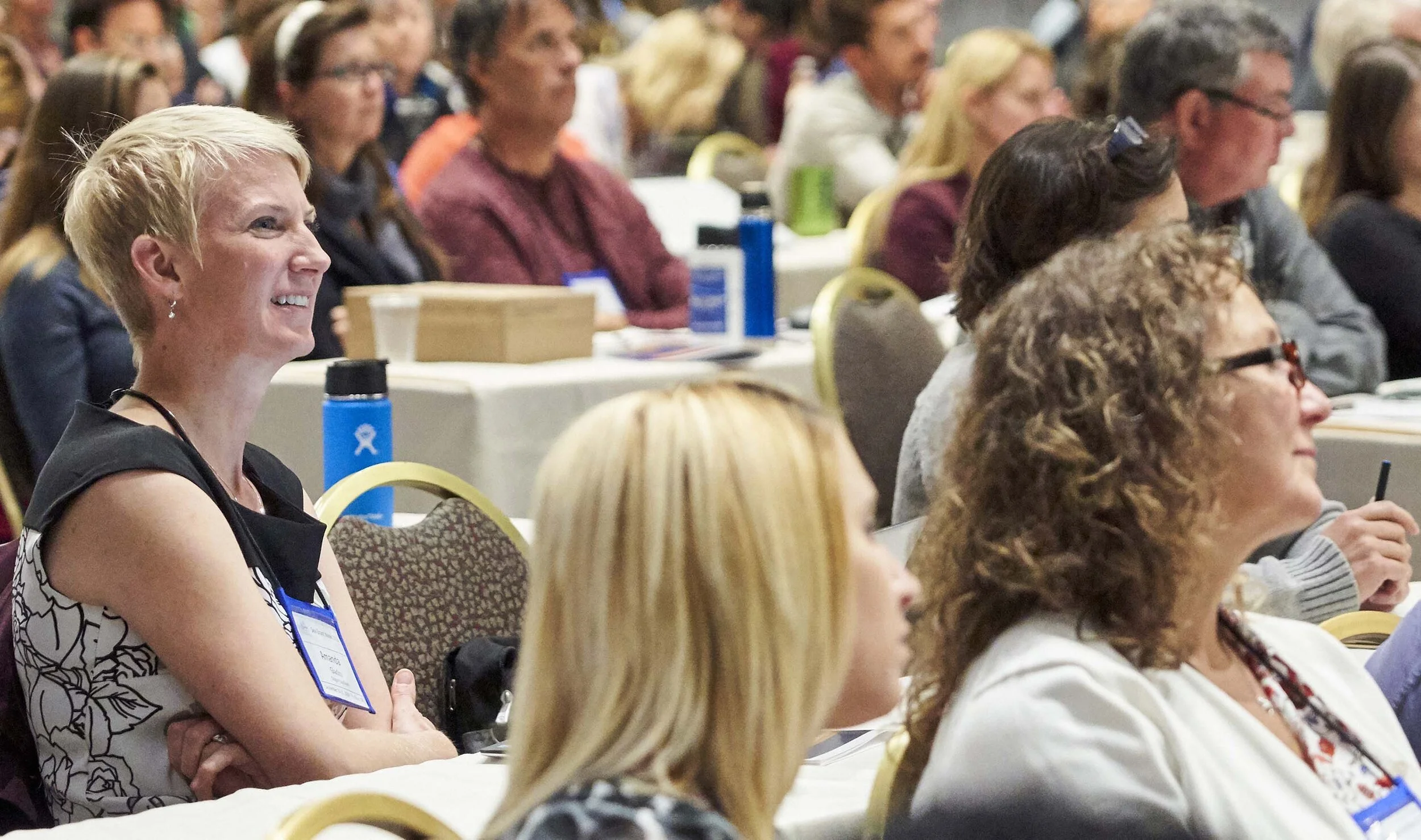Project Motivation:
Toward the goal of updating and expanding information about the human dimension perspective on coastal energy development, PMEC collaborated with students from Oregon State University to review and analyze information pertaining to wave energy and the perceptions of Pacific Northwest coastal stakeholders. This work led to the development of a formal survey of California, Oregon, Washington, and British Columbia residents. Survey results provide valuable information to assist PMEC in effectively executing our mission of responsibly advancing marine energy.
Summary:
North America’s West Coast possesses some of the highest global potentials for wave energy output. PMEC has established two wave energy testing facilities in Oregon over the past decade: PacWave North, a non-grid connected test facility, and PacWave South, a pre-permitted grid-connected, open-ocean test facility. Past surveys on public perceptions of wave energy reveal low levels of familiarity with this emerging sector. Particularly salient topics include understanding views on its cost and reliability, potential impact on local economies, and risks to existing uses and ecosystems.
Results:
Our June 2020 survey of California, Oregon, Washington, and British Columbia residents revealed that most respondents (60%) held a positive attitude towards wave energy development in their coastal areas, despite limited familiarity with the technology. Among the three states and one province surveyed, Oregon respondents indicated the highest levels of familiarity with wave energy. However, high levels of familiarity were not linked to holding a positive attitude towards development. Attitudes instead varied by gender, race, education, and political ideology. In general, respondents who were male, white, college educated and politically liberal held more positive attitudes. Female respondents wanted more information.
Respondents expressed more agreement with statements about the benefits of wave energy development (e.g., for renewable energy, energy independence, economy/jobs, etc.) than its risks (e.g., to marine life, fishing, recreation, etc.). Risks to marine life, fishing and recreation were of more concern to those who reported visiting the coast at least once a month.
Compared to other energy sources, respondents strongly preferred increasing the use of renewable energy sources like solar, wind and wave energy, as opposed to more traditional energy sources like hydro, geothermal, natural gas, nuclear, and coal.
Working with YouGov, PMEC surveyed 500 respondents from each state/province (N=2000) from June 15, 2020 to June 23, 2020, matched on gender, age, race, and education to the general population. The respondents were asked how much they had heard or read about wave energy; what first came to mind when they heard the term; their views of commonly cited risks and benefits; and their overall attitude toward wave energy development.
Research Team:
· Students from Oregon State University’s PPOL 524 Spring 2020 course developed the survey.
· Shahinur Bashar, Diana Crespo, John Garrett, Ava Gentilcore, Bianca Llamas, and Fatuma Mohamed comprised the survey methods research team.
· Faculty support from Oregon State University’s School of Public Policy: Flaxen Conway, Brent Steel, Ana Spalding, and Hilary Boudet
· Faculty and staff support from the Pacific Marine Energy Center: Bryson Robertson and Brenda Langley
More information:
West Coast Perceptions of Wave Energy: a Survey of California, Oregon, Washington, and British Columbia Residents (full report)
Sponsor:
The study was funded by the Pacific Marine Energy Center.





